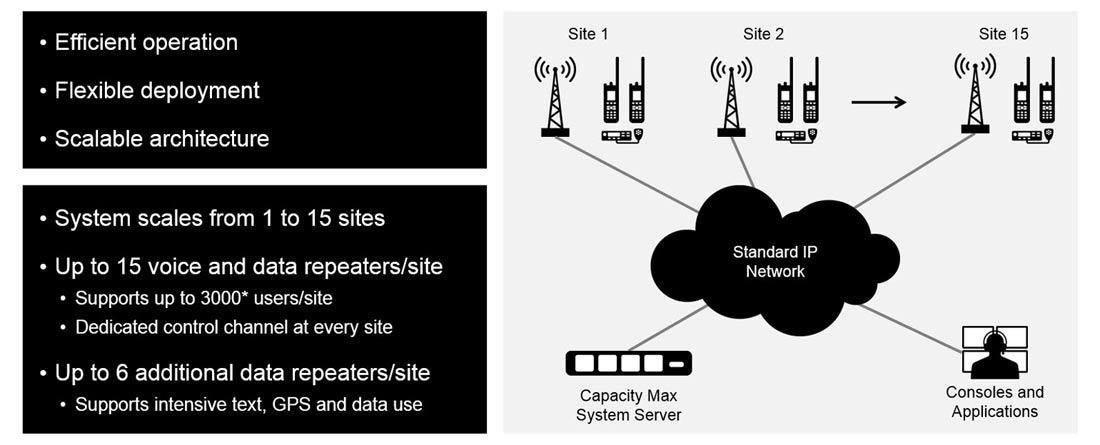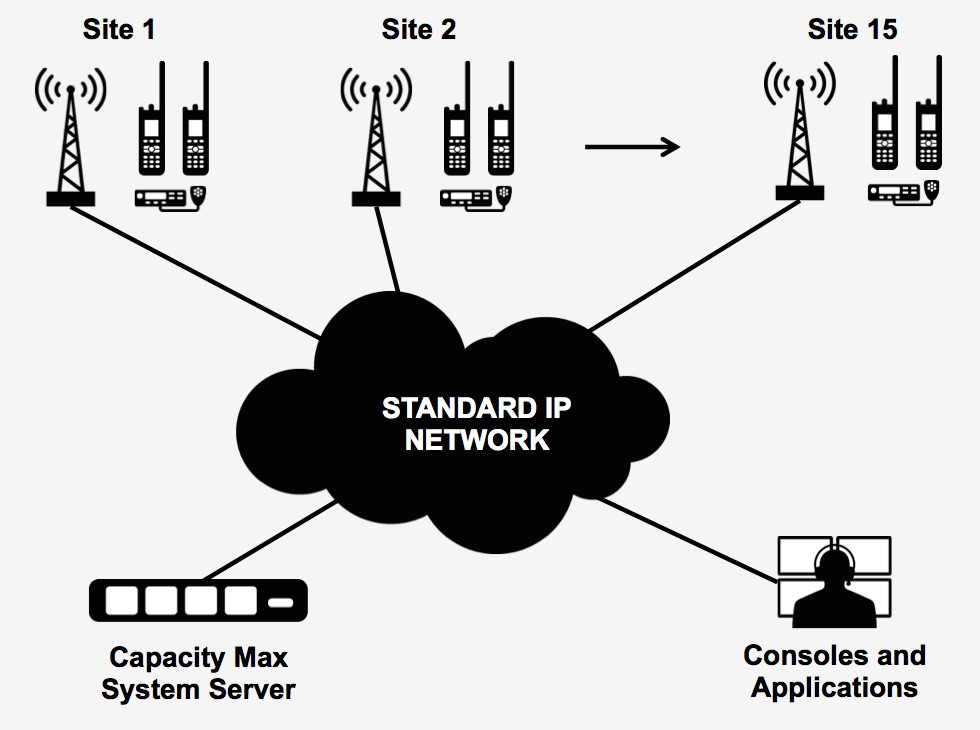

- #Motorola mototrbo dmr programming portable
- #Motorola mototrbo dmr programming Bluetooth
- #Motorola mototrbo dmr programming plus
The one annoyance with the audio associated with this unit is its inability to operate at very low volumes. The fullness of the audio is one of the best features of the radio, making it a very pleasing unit to listen to. The rated speaker output is 500mW, so the radio will be heard in noisy environments where many typical ham radio portables will be inaudible. Not only does the radio have loud, clear audio, but it also has a wide audio frequency response, providing good response to low audio frequencies. One of the best features of this radio is its speaker audio.


The height of the Motorola MOTOTRBO XPR 7550 as compared to the Motorola MOTOTRBO XPR 6550. The total length of the Motorola MOTOTRBO XPR 7550 with the UHF whip antenna, which is approximately 11 3/4″ long. The Motorola MOTOTRBO XPR 7550 UHF whip antenna, which is about 6″ length. For some, this may not be a problem, however for the average user, this will make using the stock antenna the only practical option. One of the challenging aspects about this radio is that if you want to attach it to an external antenna, you will require a $200 external antenna adapter. In addition the standard antennas, the XPR 7550 can also be fitted with stubby antenna versions, which can be very useful for minimizing the radio’s profile in areas where maximum coverage is not a necessity. The XPR 7550 comes standard with either a wideband whip antenna for UHF or a helical antenna for VHF. A dust cover is included with the radio to protect the accessory port from normal wear and tear. This connector is the one used to attach accessories, like the speaker microphone and also used for programming the radio. The side view of the Motorola MOTOTRBO XPR 7550, showing the accessory connector. Notice how the high capacity battery increases the thickness of the radio by about 0.25″ The rear view of the Motorola MOTOTRBO XPR 7550, showing the back of the battery with the belt clip removed. A side view of the Motorola MOTOTRBO XPR 7550, showing the three side buttons and the Push to talk (PTT) button. The top view of the Motorola MOTOTRBO XPR 7550, showing the on/off and volume knob, channel change knob, top button, antenna connector and status LED. The front of the Motorola MOTOTRBO XPR 7550 LCD, showing the LCD display and keyboard. The keypad is also backlit, which helps a great deal when using the radio at night or in dark environments.
#Motorola mototrbo dmr programming plus
The XPR 7550 comes equipped with a 17-button keyboard, which includes a 4-way navigation button to navigate through the radio’s on-screen menu, plus two programmable buttons that can be assigned in the MOTOTRBO CPS.
#Motorola mototrbo dmr programming portable
One nice feature of the channel change knob is that it can continuously rotate and not limited to the standard 16 positions, which is the case with most other Motorola portable radios. Both of these knobs are easily accessed on the radio and they provide a slight “click” as positive indication that either the radio is turned on/of or that the channel is changed. There are two knobs on the XPR 7550 – one is the power switch/volume knob and the other is to select the desired operating channel. In addition to it’s great ergonomic design, the radio is a very rugged and able to endure harsh environmental conditions, including being water resistant and able to survive in up to one metre of water for up to 30 minutes, meeting the requirements of International Protection Rating IP57. Even with the extra high capacity batter, it is still a pleasure to hold.

The XPR 7550 is a compact portable radio that fits nicely in the hand and is light weight, making it easy to carry.
#Motorola mototrbo dmr programming Bluetooth


 0 kommentar(er)
0 kommentar(er)
